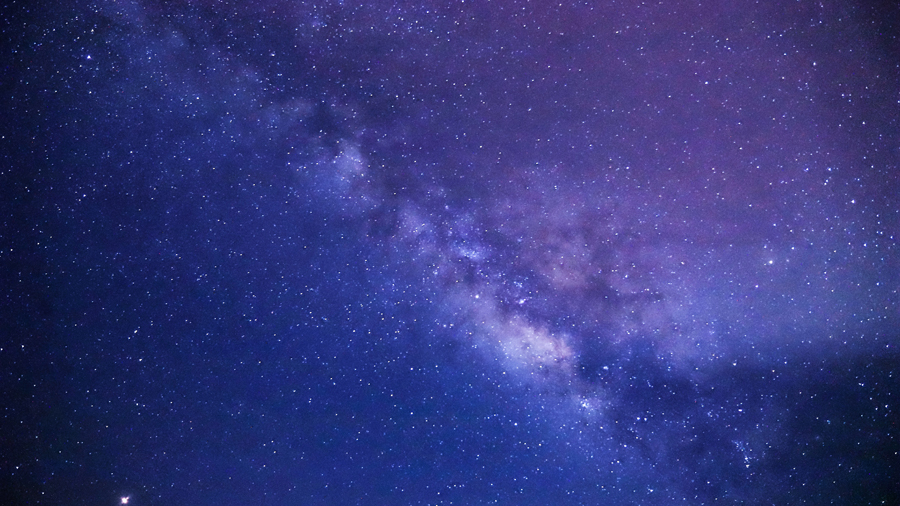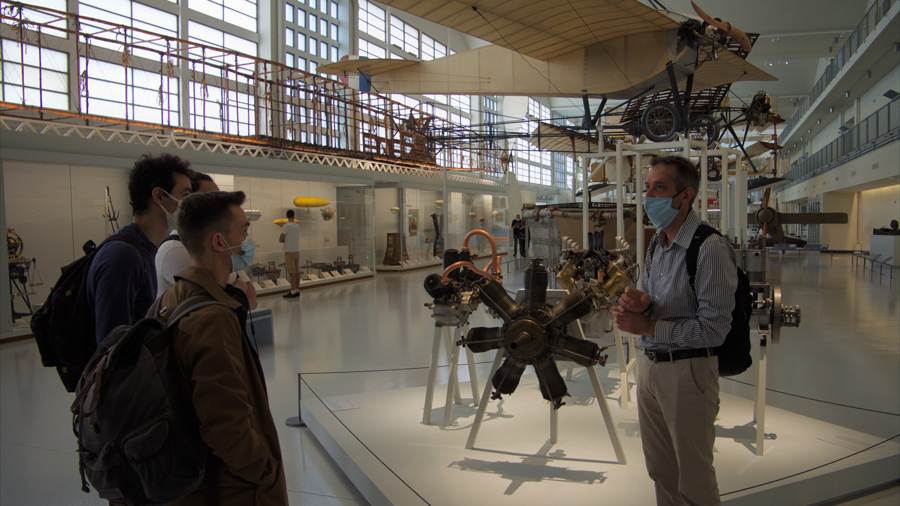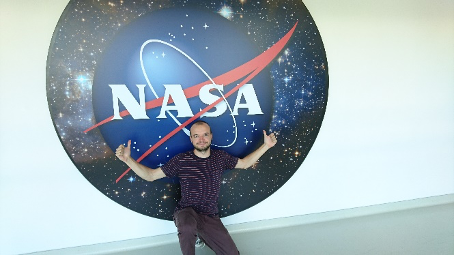Since the beginning of the 21st century, space activities have played an increasingly important role in the global economy. They contribute to the smooth running of banking transactions, to the location of aircraft, ships and land transport fleets, to the reliability of weather forecasts, to land-use planning in terms of agricultural land and forests, and to the rational exploitation of fishery resources.
They make an essential contribution to a better understanding of mankind’s impact on the earth’s environment. The 2010s have finally seen space become more accessible, with the ongoing revolution of partial reuse of launchers driving down the cost of putting satellites into orbit, and the miniaturization of electronic components drastically reducing their mass.

Space has also become the 4th medium, after land, sea and air, in which states’ defenses are deployed. Beyond that, space resources contribute to our knowledge of our solar system, exoplanets in our galaxy and the evolution of our universe.
Manned flights, which for 50 years have been confined to Earth’s inner suburbs with MIR orbital stations and the ISS and the vehicles used to reach them (Soyuz, Crew Dragon, Starliner), see their horizons broaden once again to include our natural satellite, the Moon, while we look forward to exploring the planet Mars by the end of the 2030s.
By choosing to specialize in the IM2S option, engineering students focus their studies on the design of rocket engines, launchers, satellites and manned vehicles, the integration and testing of these systems, and satellite safety and in-orbit control.

Graduates work in the space industry
hours for the IM2S option during the engineering cycle
The mission of this engineer is to monitor satellite operation, provide remote troubleshooting in the event of an anomaly, program the payload, ensure satellite safety (anti-collision with orbital debris or active satellites) and prepare and carry out stationkeeping operations.
It may be called upon to study aircraft operating safety as part of the certification process and the maintenance of their certificate of airworthiness.
Its mission is to determine the optimal orbital architectures of satellite constellations for telecommunications, Earth observation and navigation missions. For scientific missions, its aim is to define the best orbit and station-keeping strategy to maximize the mission’s scientific return.
For solar system exploration missions, the analysis engineer determines the trajectories and maneuvers required for optimum observation of the body in the system to be studied (planet, natural satellites orbiting a planet, asteroid, comet, Lagrange point, etc.).
In the launcher field, the Design Office engineer may be responsible for determining the launcher architecture (number of stages, type of propulsion, etc.) to achieve the expected performance, or for designing launcher subsystems (propulsion, guidance/piloting, structures, aerodynamics, etc.).
In the satellite field, the design office engineer may be responsible for the general definition of a satellite or the design of satellite subsystems (structures, energy, thermal control, attitude control, propulsion, computer architecture and data management, telecommunications resources, etc.).
This engineer takes part in the integration of the satellite in a clean room, and in tests to verify the nominal operation of all its equipment, as well as the satellite’s behavior in relation to the environment it will encounter in orbit (thermal vacuum, vibration test, acoustic test).
"A graduate of the first class of ELISA Aerospace, I began my professional career by joining Zodiac Aerospace and then Thales Alenia Space. After discovering instrumental research in astrophysics during my end-of-study internship at the Institut d'Astrophysique de Paris, I decided to delve back into it with a thesis.
Following my thesis defense, I was contacted by a team leader at NASA to join them in Washington DC. I had been working there for over 5 years on the detectors for a European X-ray observation satellite called Athena."














114 allée des charbonnières
33127 Saint Jean d'Illac
06 48 95 76 72
contactbdx@elisa-aerospace.fr
48 rue Raspail
02100 Saint-Quentin
03 23 68 06 11
contact@elisa-aerospace.fr